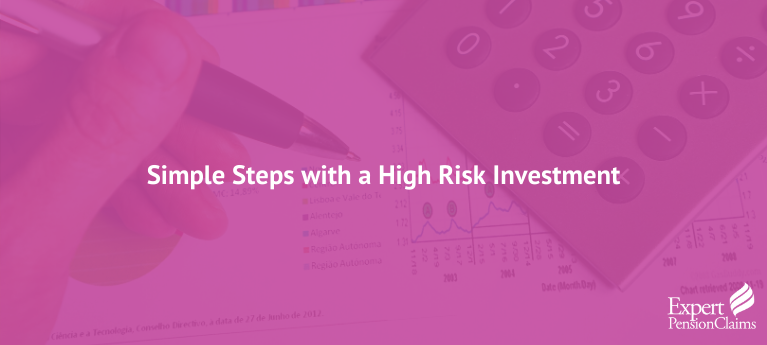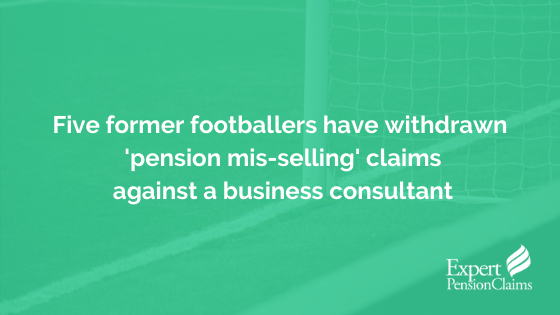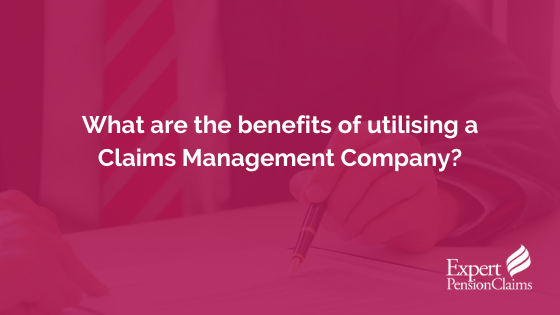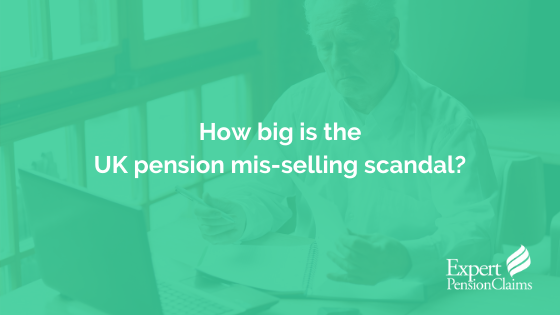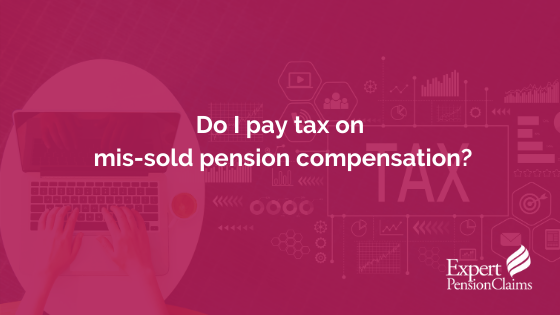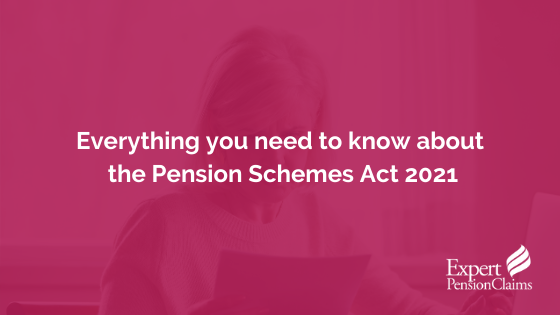Where investments are concerned, there is always going to be an element of risk involved. Whether you’re investing lots of money or just a little, there’s a real chance that you’ll lose some. Of course, this is why you should invest according to how comfortable you are with risk.
For example, you may be comfortable losing a little in the short-term if it means your chances of long-term profits increase. You may also be comfortable with what is called a ‘high risk investment’. Many people put their money in high risk investments, and given time many make significant profits – because they took risks they could handle.
But what if you can’t handle the risk? Or worse, your financial adviser chooses not to tell you about the risk. This is investment mis-selling, and thousands of people across the UK are mis-sold high-risk opportunities without being made aware of any of the risks involved.
This article is going to provide advice and guidance around high-risk investment claims. If you’re a victim of investment mis-selling, you’ll now be able to claim using our simple and easy-to-follow steps.
What is a high-risk investment?
Like we said earlier, there is a degree of risk involved with all investments. However, you can control risk by knowing how comfortable you are with losing money. All this we’ve covered.
So, an investment is low-risk or high-risk depending on how exposed the investment is to certain outcomes out of your control, and how severe those outcomes are with regard to the money you’ve put in. For example, if there is a high probability that your investment will underperform and, ultimately, fall short of your desired profits, then the investment is considered high-risk. If an investment has a low probability of underperforming and a strong chance of hitting your desired profits, then it’s a low-risk investment.
What are some examples of high-risk investments?
‘Toxic’ investments
Unregulated, dangerous, and potentially threatening to your portfolio, toxic investments will consistently lose you money. If you invest money in an area that, culturally speaking, is potentially undesirable (or at least becomes undesirable when the investment goes to market) then you may have a toxic investment on your hands.
Unregulated collective investment schemes (UCIS)
Unregulated collective investment schemes are where the assets you have invested in are not regulated and are therefore not protected by governing bodies like the Financial Conduct Authority.
Land banking
Land banking is when you invest in a plot of land which may not be granted planning permission. Investors buy undeveloped land solely for the investment and do not have any specific development plans – it’s often referred to as ‘land hoarding’.
Contracts for difference (CFDs)
With contracts for difference (CFDs) you can often lose far more than you put in. It’s similar to spread betting.
Spread betting
Instead of owning the asset they’re betting on, spread betters speculate on whether or not the value of the asset will increase or decrease. Spread betters are able to speculate using the price advice given to them by brokers.
Venture Capital Trusts (VCTs)
VCTs are investments where you put money into new companies to help them grow. The risk lies in the fact that you never quite know how the new company will perform.
Structured products
With investment in structured products, there are a strict set of rules that obscure and restrict knowledge of how well an investment will perform.
How to avoid investment mis-selling
All of the above come with promises of profit. Negligent advisers will throw phrases around like ‘sky-high profits’ and ‘what’s a little risk’ when in reality: the profits never materialise and it’s actually quite a lot of risk.
Here are a few simple steps you should take if you’re thinking about investing.
Step 1: You need to ask these questions before you commit to anything
- What are the best/worst results I can expect?
- What are the risks associated with this investment?
- What kind of support do you offer?
- Will you keep me updated as to how my investment is performing?
- How long will I be tied into this investment?
- What are the terms of the investment?
- Do you have any other opportunities that might serve me better?
Step 2: Your adviser needs to ask these questions
- Describe your personal circumstances. What is your job situation? What are the motivations for your investment? Do you have someone financially dependant on you?
- How much do you earn? Do you have any assets, or debts? Describe your financial responsibilities
- What is your attitude to risk? Could you see yourself investing in a high-risk product, or would you be more comfortable with a low-risk investment?
- Describe your expectations. What do you hope to gain from an investment opportunity?
Step 3: Keep an eye out for these hidden charges
A negligent advisor will not tell you about the many costs and fees associated with investing. So, you need to know what it will cost you before it’s too late:
- VAT. While a negligent adviser may provide a quote without VAT included, you should know that all investment opportunities are eligible for VAT.
- Setup fees. You may well be charged an initial fee to set the investment up. Again, a negligent adviser probably won’t tell you this so they can force the transaction through.
- Advice charges. Many banks and financial advisers will charge you for advice, while some advisers will simply add it onto their fees without telling you.
- Exit fees. If you want to cancel the investment, there may be exit fees you’re not made aware of.
Start your high risk investment claim today
To get your claim started, get in touch with our dedicated team. You can also start your claim anywhere on our website, in just 30 seconds.
In the meantime, stay tuned to our blog where you can find useful information and resources around mis-sold investments and pension claims.


